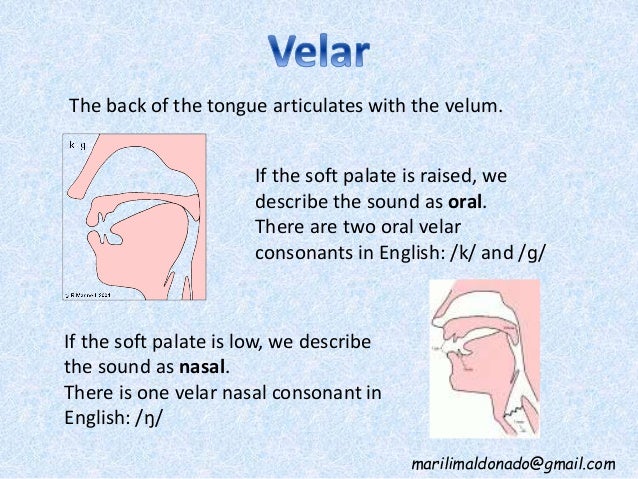PHONETICS AND PHONOLOGY
PHONETICS
Phonetics and phonology are sister linguistic disciplines, which address human language or verbal language, but do so from two different and complementary points of view.
Phonology is interested in language as a mental and social system of signs, that is, considering it in the abstract, as a mental system that associates signs with specific sounds. On the other hand, phonetics is only interested in the specific way of making these signs by means of the speech apparatus.
Put more simply: phonology studies phonemes, that is, the mental traces of sound that serve to build the complex system of a language. On the other hand, phonetics studies phones, that is, the ways in which different groups of speakers of a language produce the sounds that allow them to communicate through a language.
Thus, while phonology is abstract, collective and immaterial, phonetics is concrete, individual and material. The same phoneme can be pronounced very differently by several individuals who speak the same language, depending on their sociocultural group and their individual physical abilities for pronunciation. All this is of interest to phonetics, but not to phonology.
Phonetics functions
Phonetics has numerous practical applications and functions, such as:
The study of the speech mode of the users of a language, in order to understand the dialect or sociolectal differences that exist in a community of speakers of a specific language.
The registration of the forms of speech of the users of a language, to be able to study the way in which the language changes over time, as the use is imposed on the norm.
The study of the mechanisms of sound production in general, to help people who have linguistic difficulties or who require for one reason or another phonetic therapy or speech therapy.
The understanding of the modes of articulation of the same language by the different speaking communities that use it, for voice recognition and artificial intelligence technologies.
PHONOLOGY
Phonology, on the other hand, studies the phonic elements, or units, of a language from the point of view of their function.
Phonemes, then, are the smallest phonological units into which a phonic set can be divided, their main characteristic is the ability to differentiate meanings; for example, it is not the same expensive as car or that cabo, they are all within the ca _ o field, but their meaning changes when the phonemes change.
The two components used to make consonant sounds are:
1) The place of articulation (the ‘where’ the sounds are made)
2) The articulators (the ‘what’ are used to make the sounds)
Example:
The two lips (the articulators) meet to form the bilabial sounds of /b/ and /p/.
The tip of the tongue – the articulator – meets with the alveolar ridge – the place of articulation (which is right behind the front teeth) – in order to form the alveolar sounds of /d/ and /t/.
There are seven places of articulation used to distinguish consonant sounds
Places of Articulation
- Bilabial (or ‘two lips’): Produced with the two lips: /b, p, m, w/ (as in ‘ buy, pie, my, and wool’).
- Labiodental (or ‘lip and teeth’): Produced with the upper teeth and inner lower lip: /f, v/ (as in ‘feel and veal’)
- Interdental (or ‘between teeth’): Produced with the tongue tip on or near the inner surface of the upper teeth: /θ/, /ð/ (as in ‘thick and then’)
- Alveolar (or ‘behind teeth’): Produced with the tongue tip on or near the tooth ridge: /t, d, s, z, n, l/ (as in ‘to, do, zoo, new, and light’).
- Palatal (or ‘top middle of mouth’): Produced by the body of the tongue touching the roof of the mouth (in the palatal area): /ʃ, ʒ, ʧ, ʤ, r, j-y/ (as in ‘shin, genre, chef, judge, red, and yes’).
**Note that the /ʃ, ʒ, ʧ, ʤ/ sounds are all pronounced with the front of tongue places on the top of mouth while the /j-y/ one is pronounced with more of the rear of the tongue placed a bit further back on the palate than /ʃ, ʒ, ʧ, ʤ/. Finally, the /r/ sound is made with the sides of the tongue placed on the sides of the roof of the mouth pressed against the teeth.
- Velar (or ‘top of throat’): Produced with the tongue body on or near the soft palate: /g, k, ŋ/ (as in ‘go, kite, and bang’)
- Glottal (or ‘from the throat’): Produced by air passing from the windpipe through the vocal cords: /h/ (as in ‘hi’).
WEBSITES
https://es.slideshare.net/marilimaldonado/english-consonants-place-of-articulation








No hay comentarios:
Publicar un comentario